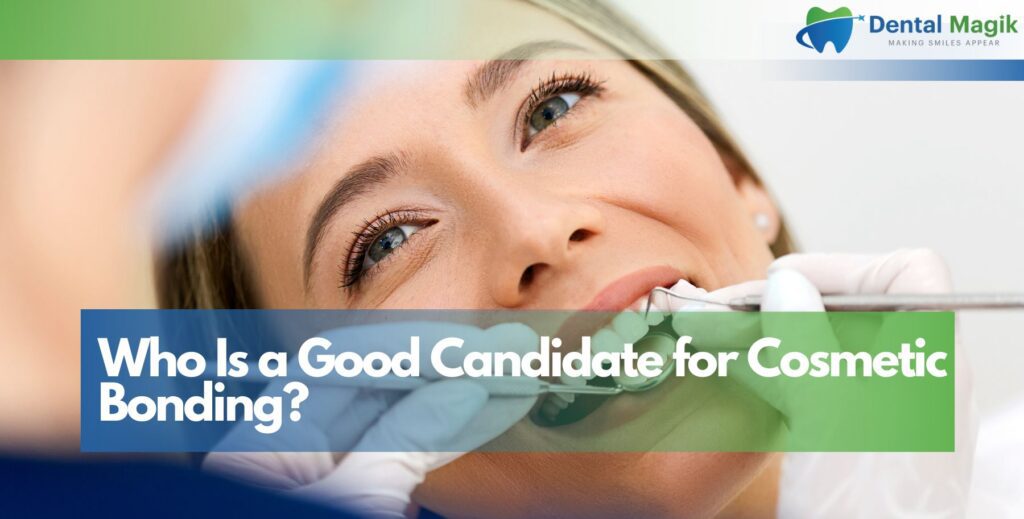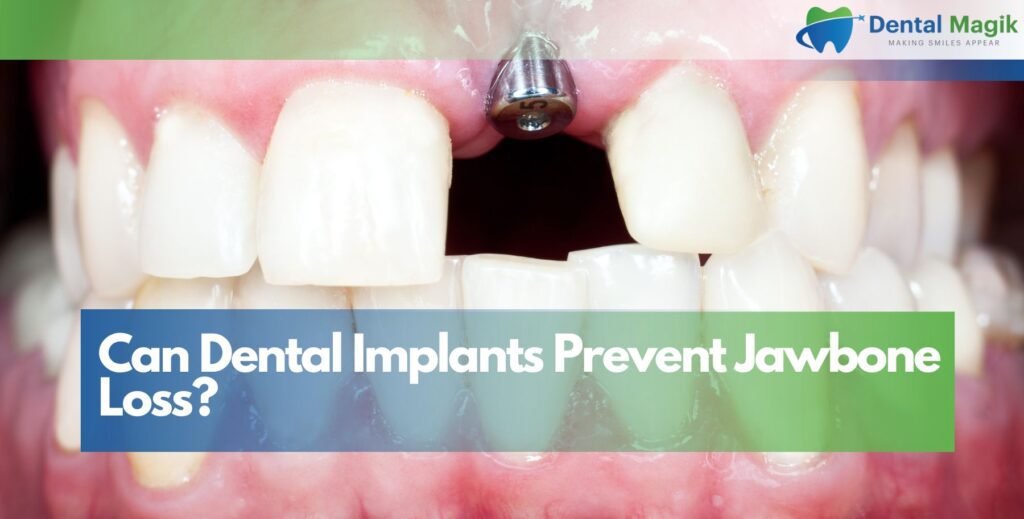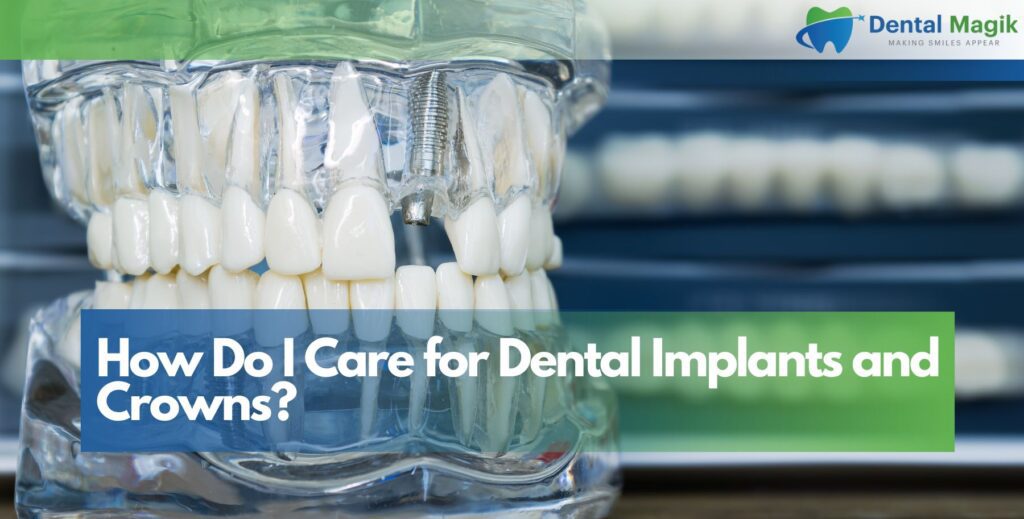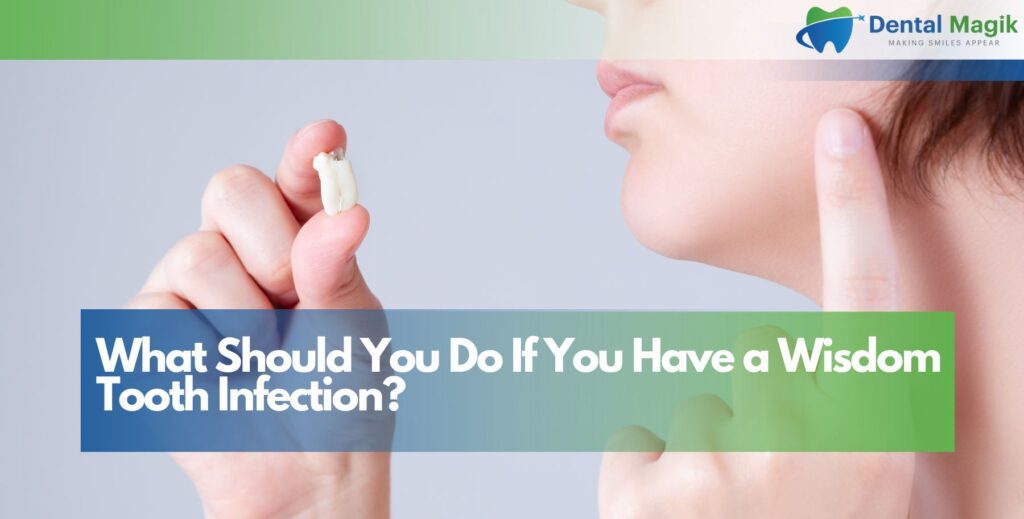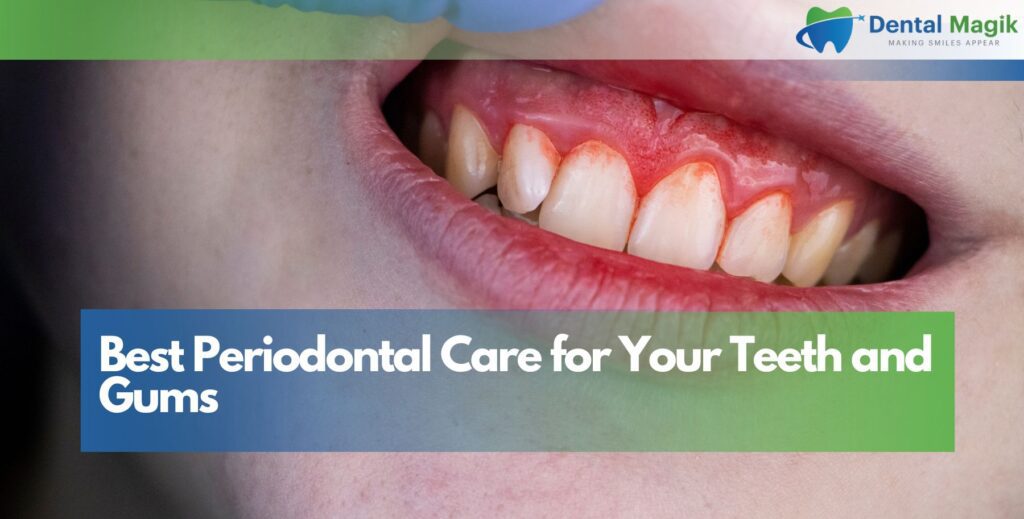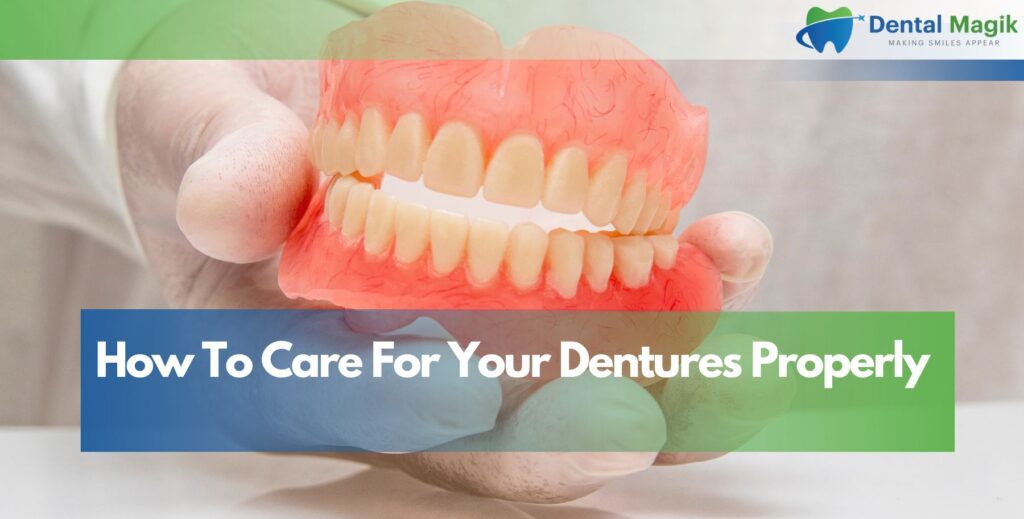Cosmetic bonding is a simple and affordable way to improve your smile by correcting small imperfections like chips, cracks, or gaps. It’s one of the quickest dental treatments for those who want a natural and polished smile without the need for invasive or expensive procedures like veneers or crowns.
Table of Contents
Understanding Cosmetic Bonding
Cosmetic bonding is a technique where a dentist applies a tooth-colored resin material to the surface of a tooth. This resin is shaped, hardened with a special light, and polished to blend perfectly with the natural enamel. It restores your smile’s symmetry while keeping the procedure painless and minimally invasive.
Why People Choose Cosmetic Bonding
People love bonding because it’s fast, affordable, and produces natural-looking results. The procedure can usually be done in a single visit, with no anesthesia needed. It’s an excellent option for those looking to enhance their smile instantly without removing any enamel or undergoing lengthy treatments.
Who Is an Ideal Candidate for Cosmetic Bonding?
Cosmetic bonding is best suited for people with small chips, minor gaps, or slight discoloration. It works perfectly for anyone who wants to enhance their smile without major reconstruction. Candidates should have healthy gums and teeth, free of decay or gum disease, to ensure the bonding lasts longer and stays stable.
People with Minor Cosmetic Imperfections
If your teeth have small flaws like tiny cracks, uneven edges, or discoloration, bonding can easily restore their natural appearance. It’s ideal for fixing issues that don’t require full crowns or veneers.
Those Seeking Quick and Noninvasive Treatment
Bonding doesn’t require enamel removal or anesthesia, making it perfect for people who prefer a gentle, comfortable procedure that delivers instant results.
Situations Where Cosmetic Bonding May Not Be Suitable
Cosmetic bonding is not recommended for people with extensive decay, large fractures, or serious alignment problems. Those who grind or clench their teeth often may chip the resin. Heavy smokers and coffee drinkers might also find the material stains faster, requiring frequent touch-ups or replacements.
Teeth with Structural or Alignment Issues
If teeth are severely misaligned or damaged, more durable options like veneers, crowns, or orthodontic treatment may be needed to achieve lasting results.
People with Bruxism (Teeth Grinding)
Grinding puts too much pressure on bonded teeth, causing chipping or wear. A night guard or other treatment may be needed before bonding can be considered.
The Cosmetic Bonding Process
The bonding process is simple and usually completed in one visit. Your dentist begins by selecting a shade that matches your natural teeth. The tooth surface is lightly roughened, and a conditioning liquid helps the resin stick better. Once applied, the resin is sculpted, hardened with light, and polished to perfection.
Consultation and Shade Matching
Your dentist will examine your teeth, discuss your goals, and select the ideal resin color that blends naturally with your smile.
Application and Shaping
The resin is carefully applied and sculpted to create the perfect shape. Once hardened, it’s polished to give a smooth and natural finish.
Benefits of Cosmetic Bonding
Cosmetic bonding provides an instant improvement in your smile with minimal effort. It’s painless, quick, and budget-friendly. Unlike crowns or veneers, bonding preserves the natural enamel, making it one of the least invasive cosmetic procedures available. With proper care, it can last many years while maintaining a beautiful, natural look.
Quick and Affordable Solution
Bonding is more cost-effective than other cosmetic options and can be completed in a single dental visit.
Natural Appearance and Comfort
The resin mimics real enamel, providing a seamless and comfortable result that feels natural when you bite or talk.
Caring for Bonded Teeth
Bonded teeth require simple but consistent care. Brush and floss daily to prevent plaque buildup around the resin. Avoid biting hard objects like pens or ice, and limit coffee, wine, and tobacco, as these can stain the bonding material. Regular dental cleanings will help maintain its shine and durability.
Maintain Good Oral Hygiene
Use fluoride toothpaste and brush twice daily to keep your bonded teeth healthy and bright.
Schedule Regular Checkups
Visit your dentist at least twice a year to ensure the bonding remains in great shape and to polish or touch up when needed.
How Long Does Cosmetic Bonding Last?
Cosmetic bonding typically lasts between five and ten years, depending on your oral habits and maintenance. Good hygiene, avoiding hard foods, and regular dental visits can extend its life. If the resin chips or dulls over time, your dentist can easily repair or refresh it without replacing the entire bond.
Alternatives to Cosmetic Bonding
For those with more significant cosmetic concerns or who want a longer-lasting option, alternatives include veneers, crowns, or orthodontic treatment. Veneers provide a more durable and stain-resistant surface, crowns restore severely damaged teeth, and braces or aligners correct misalignment for lasting results.
Porcelain Veneers
Veneers are thin porcelain shells that cover the tooth’s surface. They provide a stronger, more permanent solution for improving color, shape, and size.
Dental Crowns
Crowns are ideal for teeth with structural damage. They protect and strengthen weakened teeth while improving aesthetics.
Conclusion
Cosmetic bonding is a fast, simple, and affordable way to transform your smile. It’s perfect for people with minor imperfections like chips, small gaps, or stains who want immediate, natural-looking results without invasive treatment. With proper care, bonding can last years and enhance your confidence every day.
If you’re considering this treatment, speak with a professional Dentist in East Brunswick, NJ who can evaluate your needs and help you achieve a beautiful, lasting smile through expert cosmetic bonding care.
Frequently Asked Questions
How long does cosmetic bonding take?
The procedure usually takes about 30 to 60 minutes per tooth, depending on the size and complexity of the repair.
Is cosmetic bonding painful?
No, the process is painless. Since it requires minimal enamel removal, anesthesia is rarely needed.
Can bonded teeth be whitened?
No, bonding resin doesn’t respond to whitening. If you want whiter teeth, whiten them before getting bonding so shades match.
How do I make cosmetic bonding last longer?
Avoid biting hard foods, limit staining drinks, and maintain good oral hygiene. Regular checkups help your dentist polish or repair worn areas.
Is bonding better than veneers?
Bonding is cheaper and quicker but not as durable or stain-resistant as veneers. Veneers are better for extensive smile makeovers, while bonding suits smaller fixes.
Can cosmetic bonding fix gaps between teeth?
Yes, bonding can close small gaps easily and naturally by reshaping the edges of your teeth for a more balanced smile.

